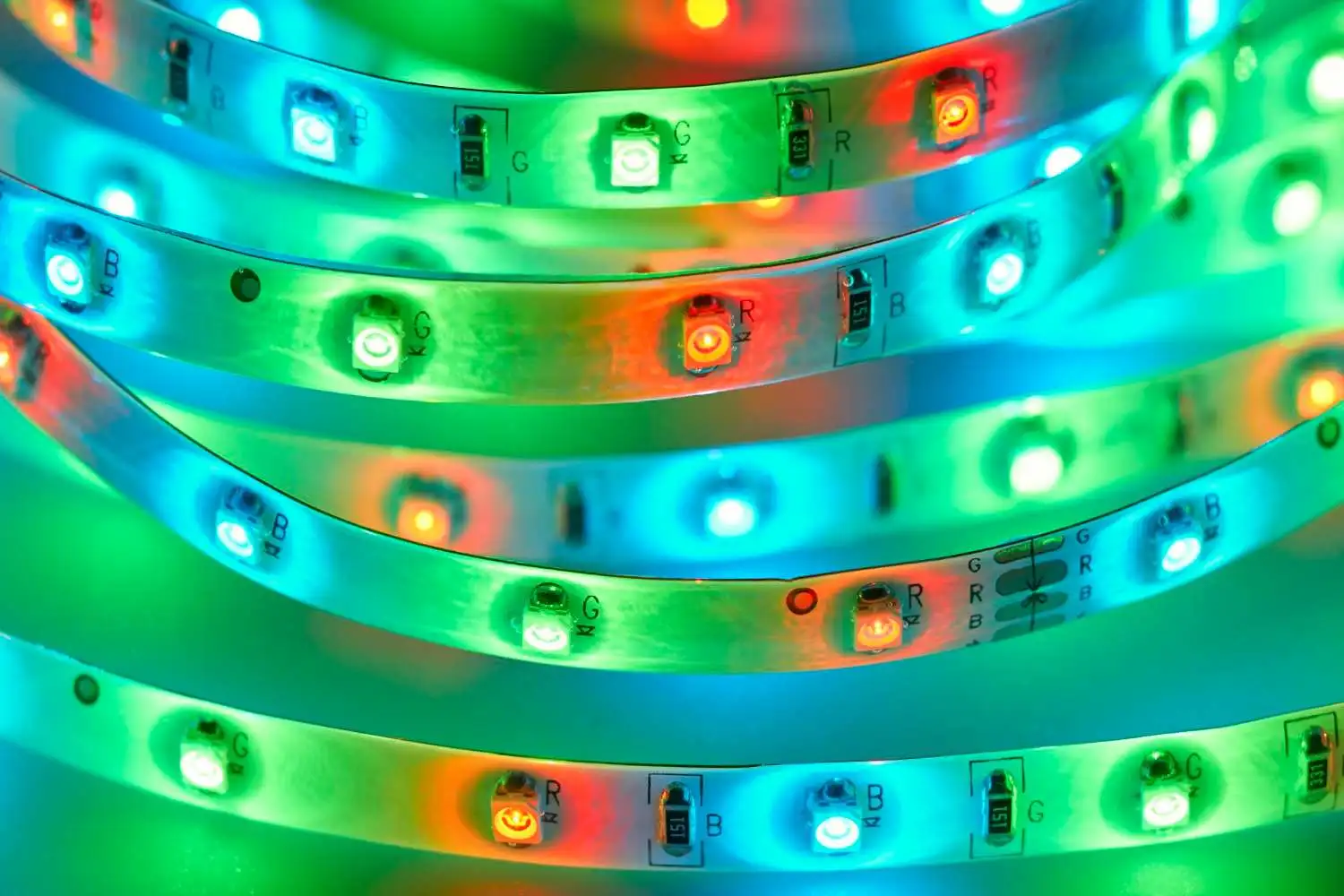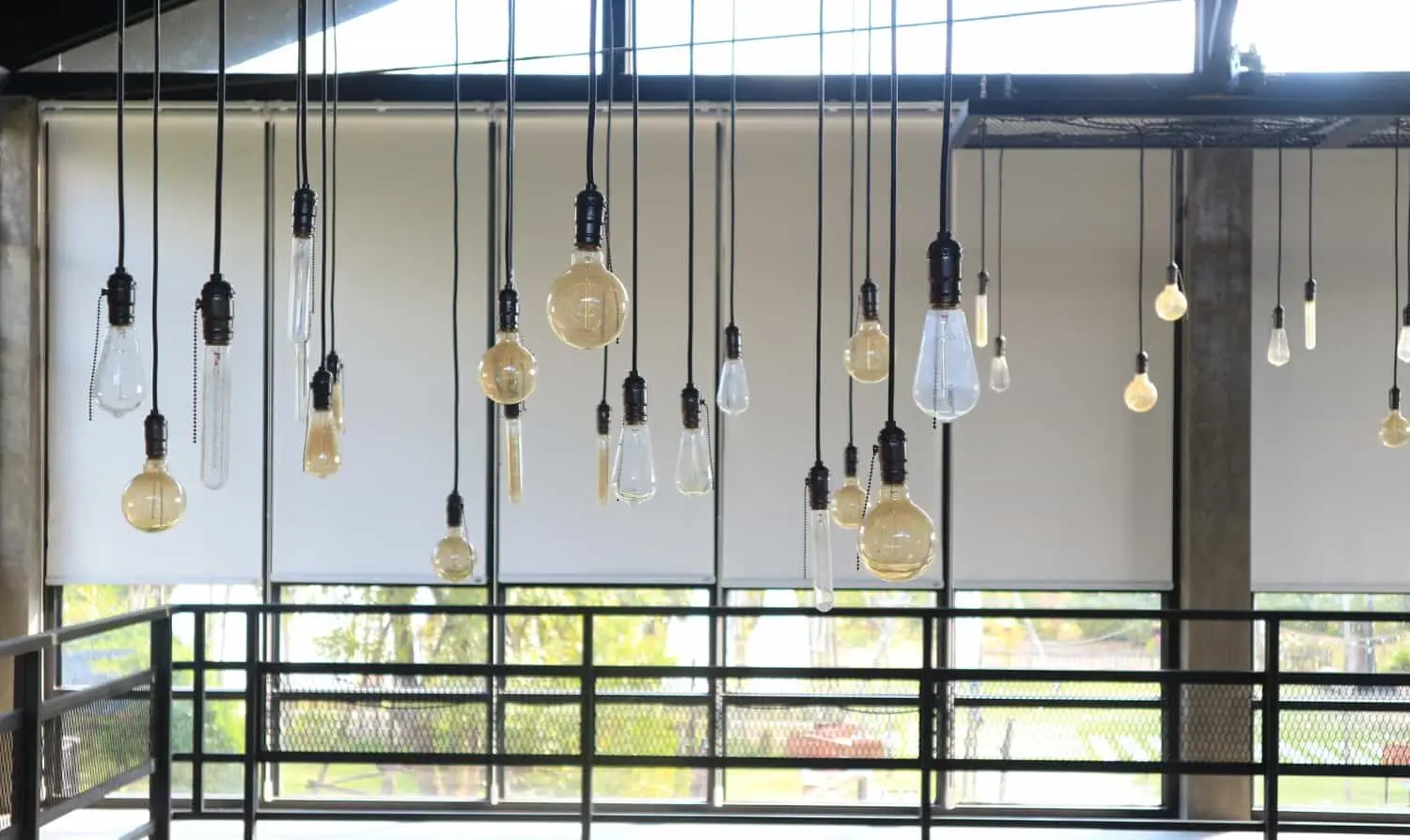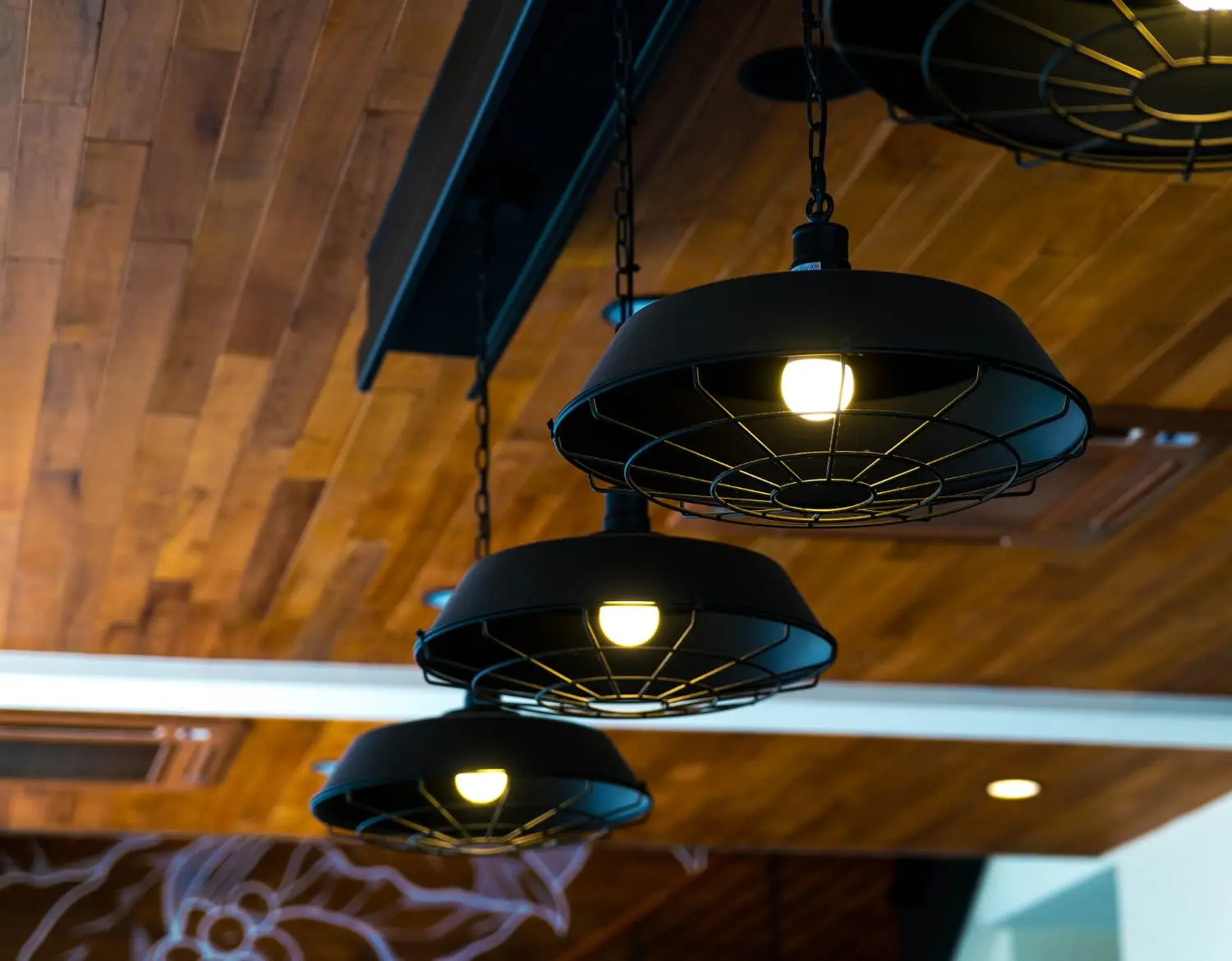
The Ultimate Guide to Built-In Shelf Lighting
Explore guide to built-in shelf lighting. Learn about LED strips, puck lights, recessed lights, tape lights, and their installation tips for perfect ambiance.
Stage lighting is a captivating dance between art and science. When you watch a theatrical performance or attend a concert, the lights aren’t merely illuminating the stage; they’re telling a story, setting a mood, and enhancing the overall experience.
At the heart of this intricate dance are three fundamental pillars:
In this guide, we’ll journey through the science behind these pillars, shedding light on the magic that is stage lighting design.
Every color we see stems from the visible light spectrum. When white light, like sunlight, passes through a prism, it disperses into its component colors: red, orange, yellow, green, blue, indigo, and violet. Our eyes perceive these colors based on the way objects absorb, reflect, or transmit this light.
The term ‘color temperature’ might sound technical, but it’s all about feelings. Ever noticed how some lights feel ‘warm’ while others ‘cool’? Warm colors, like oranges and reds, are associated with lower color temperatures. In contrast, cool colors, like blues, have higher temperatures. Warm hues might evoke feelings of coziness or nostalgia, while cool tones can create a calm or mysterious ambiance.
So, how do we control or change the color of a light source on stage? Enter filters and gels. These are translucent materials placed in front of lights to modify their hue. By filtering out certain colors and allowing others to pass through, gels can transform a simple white light into a myriad of shades.
Now, what if you want a color not directly available from your lights? This is where color mixing comes into play. Using the principles of additive color mixing, you can combine primary light colors (red, green, blue) to produce secondary shades. For instance, merging red and green yields yellow, while blending all three primaries creates white.
By harnessing the science behind color, lighting designers can paint the stage, set moods, and tell stories in the most vivid ways possible.
When we talk about a light’s intensity, we dive into metrics like luminous flux and lux. Luminous flux, measured in lumens, indicates the total amount of visible light emitted by a source. On the other hand, lux measures how many lumens are spread over a given area. It’s like understanding the concentration of light in a specific space. These metrics aren’t just numbers; they guide designers in ensuring the right amount of light hits the stage.
Intensity plays a starring role in setting the stage’s atmosphere. Imagine a dramatic scene in a play; a soft, dim light can make it more poignant. Conversely, a jubilant dance number might shine brightly, mirroring the high energy. Adjusting intensity levels can elevate or subdue the mood, making it a powerful tool in a designer’s arsenal.
Adjusting intensity isn’t as simple as turning a knob. When dimming lights, especially LEDs, it’s essential to ensure that there’s no color distortion. Advanced dimming techniques allow lights to reduce brightness while maintaining their true colors. This precision ensures that even in low-light scenarios, colors remain authentic and atmospheres stay intact.
By mastering light intensity, designers can fine-tune scenes, guiding the audience’s emotions in sync with the performance’s rhythm.
Focus isn’t just about where the light points; it’s also about how it appears. Hard focus results in sharp, well-defined shadows. It’s direct, crisp, and emphasizes fine details. In contrast, soft focus produces diffused, gentle light with blurred shadows. This softness brings a dreamy quality, often used to create ambiance or a sense of depth.
These terms might sound similar, but in the world of lighting, they have distinct meanings. The beam angle describes the spread of light where it’s at its brightest. Imagine it as the core spotlight. Field angle, on the other hand, covers the broader area where the light is less intense but still functional. Knowing the difference helps designers choose the right lights for specific effects, ensuring no part of the stage is left unnoticed.
Creating the perfect scene often requires more than just turning on a light. Various tools, like spotlights and gobos, help shape and direct light. Spotlights can zero in on a performer or prop, ensuring they’re the focal point. Gobos, templates placed in front of lights, can project patterns, shapes, or images onto the stage, adding texture and layers to a scene.
With a keen understanding of focus, designers can guide an audience’s attention, ensuring every moment on stage captures the eye and heart.
The principles of color, intensity, and focus aren’t just theoretical; they shine brightly in real-world stage productions, each element harmonizing to craft the perfect scene. Let’s delve into some tangible applications where these principles come alive.
Envision an actor, rooted at center stage, delivering a gripping soliloquy. A well-defined spotlight shines on them, pushing the backdrop into obscurity. The intense illumination underscores each word’s depth. An overlay of somber blue might be employed, deepening the scene’s emotional resonance.
Shift your attention to an energetic dance sequence brimming with dancers. Diffused lighting sweeps across the stage, ensuring an evenly lit performance area. As dancers move, lights fluidly change hues, harmonizing with the rhythm and the energy of the dance.
Transition into a scene depicting a magical forest. The silhouettes of trees and leaves, projected by gobos, set the stage. The lighting palette is dominated by serene blues and varied greens, with different intensities replicating moonlight’s whimsical play. As the storyline unfolds within this forest, strategic lighting emphasizes key moments and characters.
In the world of stage lighting design, creativity meets complexity. Here’s a look at the hurdles lighting designers face today and how they navigate these waters.
Every designer has grand visions, but reality often brings technical constraints. Finding harmony between what’s imagined and what’s possible is a dance of compromise and innovation.
The speed at which lighting technology evolves is both exciting and daunting. Staying updated requires a commitment to learning and sometimes, a race to catch up with the latest gear.
The perfect lighting plan on paper can hit a wall when budgets enter the conversation. Designers must often get creative with resources to bring their visions to life without breaking the bank.
No two stages are the same, and adapting designs to fit different spaces is a puzzle. Flexibility and ingenuity are key to making each performance shine, regardless of the venue’s quirks.
As the spotlight on environmental sustainability grows brighter, finding eco-conscious lighting solutions becomes more crucial. It’s a challenge that calls for green innovation without dimming the show’s impact.
Creating a cohesive production is a team effort. Lighting designers must work closely with the entire production team, ensuring that lights play their part in the symphony of set, sound, and story.
Navigating these challenges requires a blend of creativity, adaptability, and collaboration. Despite the hurdles, the drive to illuminate stories on stage keeps the industry’s heart beating strong.
The realm of stage lighting is a beautiful fusion of empirical knowledge and boundless creativity. Each ray of light, choice of color, and projected shadow springs from the delicate balance between technique and vision. The foundation lies in science, but the soul is breathed in through artistic expression.
For newcomers to stage lighting, remember that foundational principles serve as your guide. They equip you, offering a canvas to paint with your innovative techniques. By marrying the technical with the imaginative, you’re poised to create captivating moments that not only light up the stage but also touch hearts.
To all aspiring designers: Delve into the nuances, but let your creativity be your guiding star. Your efforts have the potential to turn ordinary scenes into memorable theatrical experiences. Embrace the art, innovate, and bring your distinct flair to the spotlight.

Explore guide to built-in shelf lighting. Learn about LED strips, puck lights, recessed lights, tape lights, and their installation tips for perfect ambiance.

Explore the Global LED Lighting Market Report 2024 for insights on trends, growth drivers, and key players in the industry, including product segment and geographic

Learn how to wire a 2-way light switch effectively. This guide covers essential tools, step-by-step instructions, and safety measures for an installation.

Choosing the right power supply for LED strip lights ensures performance and safety. Consider voltage, current, wattage, efficiency, and certifications.

Discover the benefits of pendant lighting for your home. Learn about various styles, and their uses in enhancing aesthetics and functionality.

Discover top ceiling lights for your home, including pendant lights, chandeliers, flush-mounts, recessed, track lighting, cove lighting, and spotlights.



 | This LED Industry Research Report Is Worth 10,000 Dollars!Want to get reliable industry data to support your LED business planning? In this report, you will:
*Submit your email to download this file. Your personal info will not be shared to any 3rd-party person or organizations. |
WhatsApp us
*We respect your confidentiality and all information are protected.